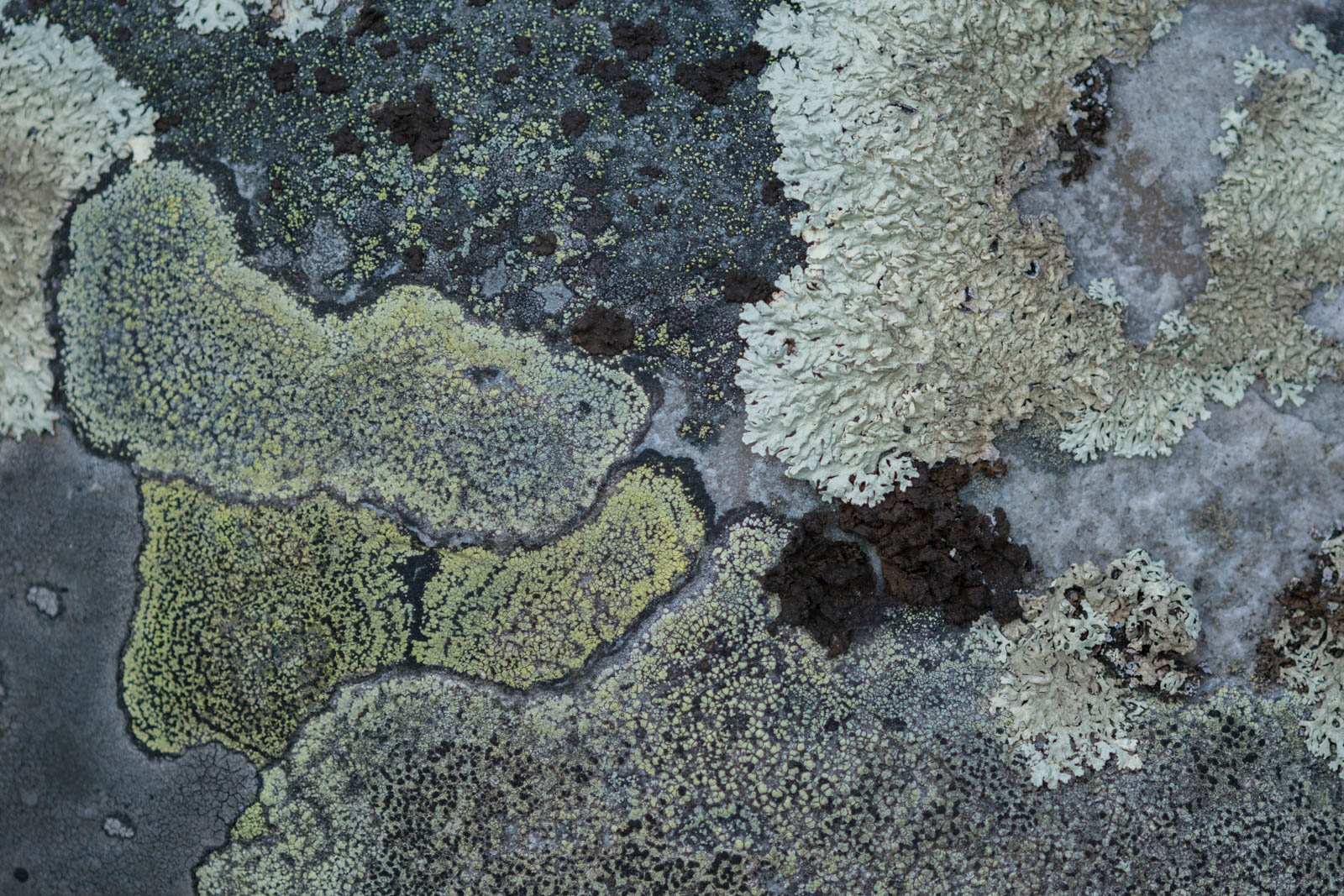
What’s it like to report on science in a language that doesn’t have a word for science? To be an immigrant freelancer whose career is at the mercy of a labyrinthine visa system? To work in a newsroom where no one looks like you—and no one else sees that as a problem?
Our personal experiences, backgrounds, and circumstances inevitably color the way we tell stories, affect whom we talk to for sources, and influence which stories we deem worth telling in the first place. Unfortunately, in science journalism the range of experiences of the people telling the stories has rarely ever reflected the diversity of the society we live in.
The perils of such an imbalance are hard to overstate. The people who tell science stories influence how the public perceives the scientific enterprise—and how different communities perceive opportunities for themselves within that enterprise. A science media landscape that lacks diversity is missing opportunities to engage communities of readers who could shape tomorrow’s science and science policy.
A science media landscape that lacks diversity is missing opportunities to engage communities of readers who could shape tomorrow’s science and science policy.
It was with those concerns in mind that The Open Notebook and the National Association of Science Writers’ Diversity Committee partnered to create the Diverse Voices in Science Journalism series. Supported by Science Sandbox, an initiative of the Simons Foundation, the series aims to examine the experiences, expertise, and perspectives of science journalists from communities that are underrepresented in science journalism.
Over the next two years, we plan to publish original reported articles, Q&As, first-person essays, and other stories that consider multiple dimensions of diversity, including race, ethnicity, gender, LGBTQ status, mental and physical ability, religion, class, age, nationality, and more. In addition to providing a window into their own unique perspectives, the authors will offer strategies and tools that people can take away and apply to their own work.
Our series kicks off with a richly informative essay by Seattle-based writer Kelly Brenner, who was recently diagnosed as being on the autism spectrum. Brenner recounts how her diagnosis gave her new perspective on her reporting process, bringing into relief many of the struggles and benefits that come along with being an autistic writer. The essay includes thoughtful tips for writers who have autism—and for editors working with autistic writers. (Read our growing collection of Diverse Voices in Science Journalism stories here.)
By calling attention to some of the problems, giving visibility to minority journalists’ work, and undertaking nuanced examinations of issues that minority journalists often encounter, we hope to strengthen the profession of science journalism.
We know that the Diverse Voices series cannot solve, or even fully showcase, the systemic problems that have led to a lack of diversity in science journalism. But by calling attention to some of the problems, giving visibility to minority journalists’ work, and undertaking nuanced examinations of issues that minority journalists often encounter, we hope to strengthen the profession of science journalism. We hope you’ll join us.


